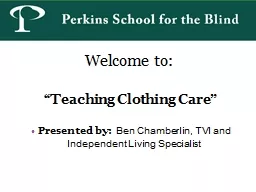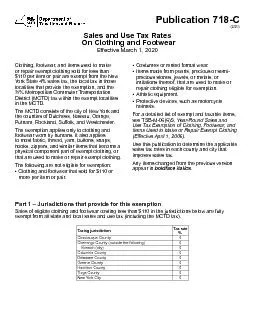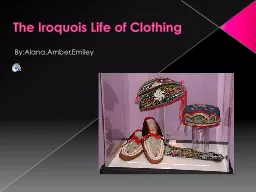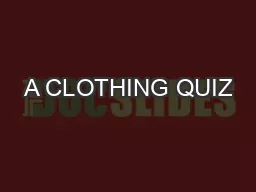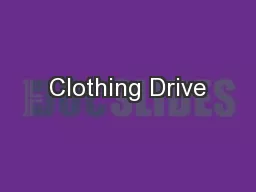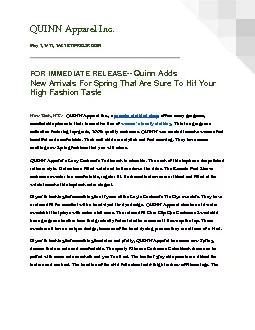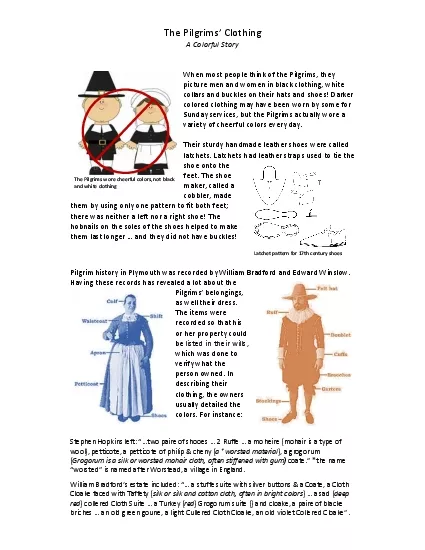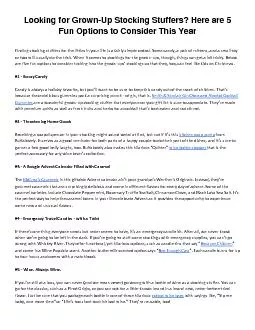PPT-Welcome to: “ Teaching Clothing
Author : danika-pritchard | Published Date : 2018-09-19
Care Presented by Ben Chamberlin TVI and Independent Living Specialist Everything You Wanted to Ask about Clothing but were Too Afraid to Ask a Perkins Webinar
Presentation Embed Code
Download Presentation
Download Presentation The PPT/PDF document "Welcome to: “ Teaching Clothing" is the property of its rightful owner. Permission is granted to download and print the materials on this website for personal, non-commercial use only, and to display it on your personal computer provided you do not modify the materials and that you retain all copyright notices contained in the materials. By downloading content from our website, you accept the terms of this agreement.
Welcome to: “ Teaching Clothing: Transcript
Download Rules Of Document
"Welcome to: “ Teaching Clothing"The content belongs to its owner. You may download and print it for personal use, without modification, and keep all copyright notices. By downloading, you agree to these terms.
Related Documents

